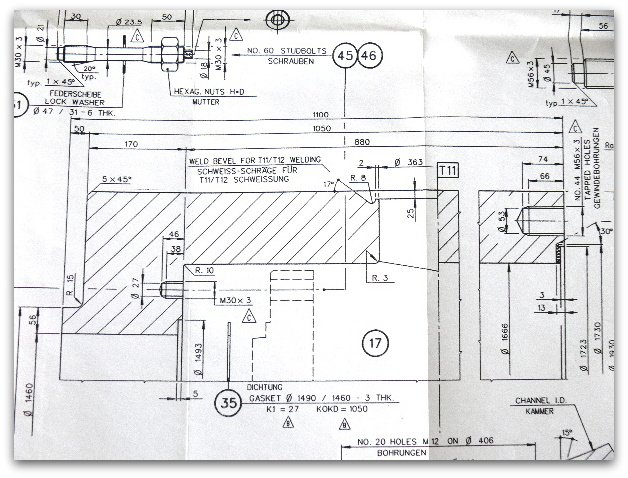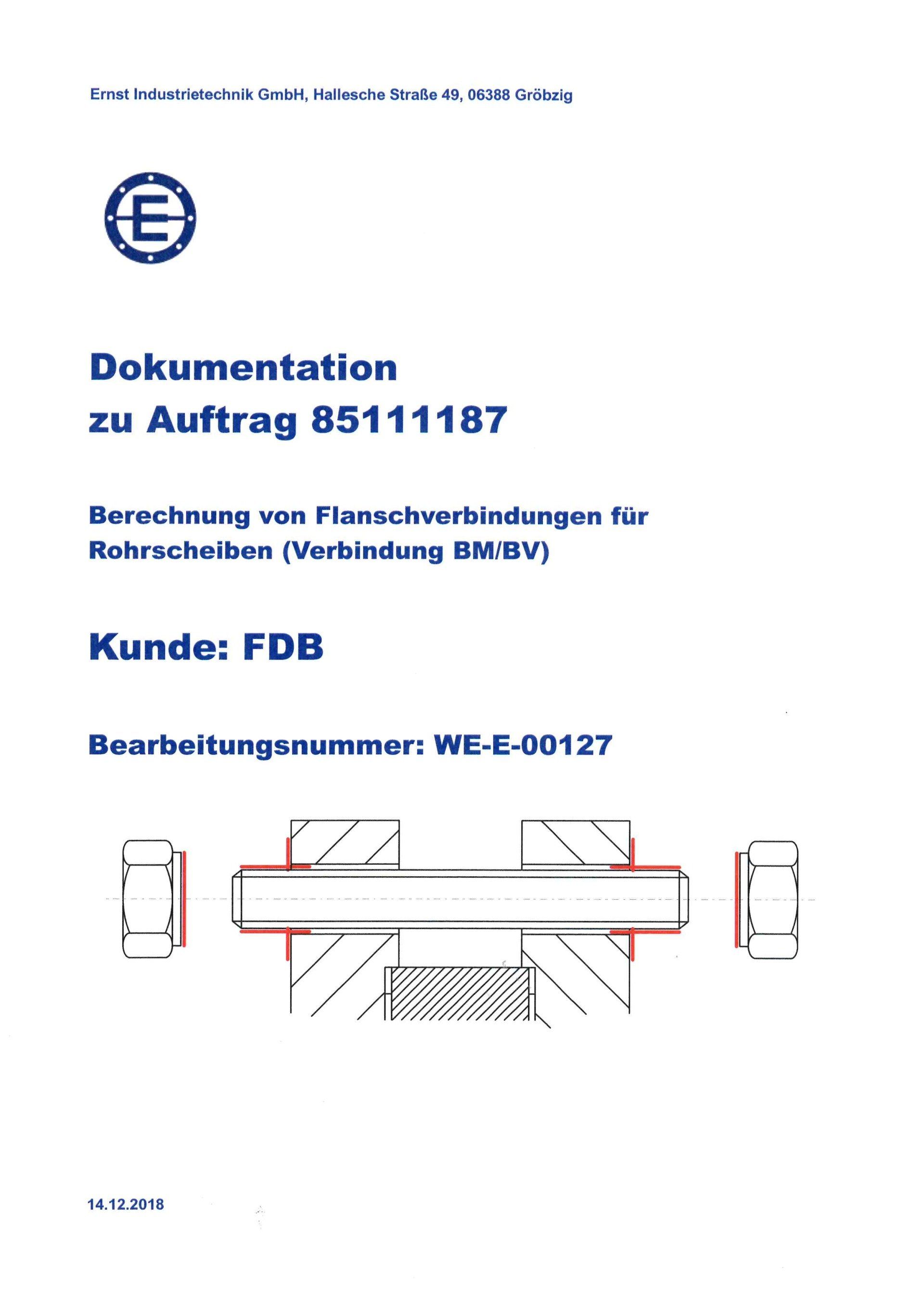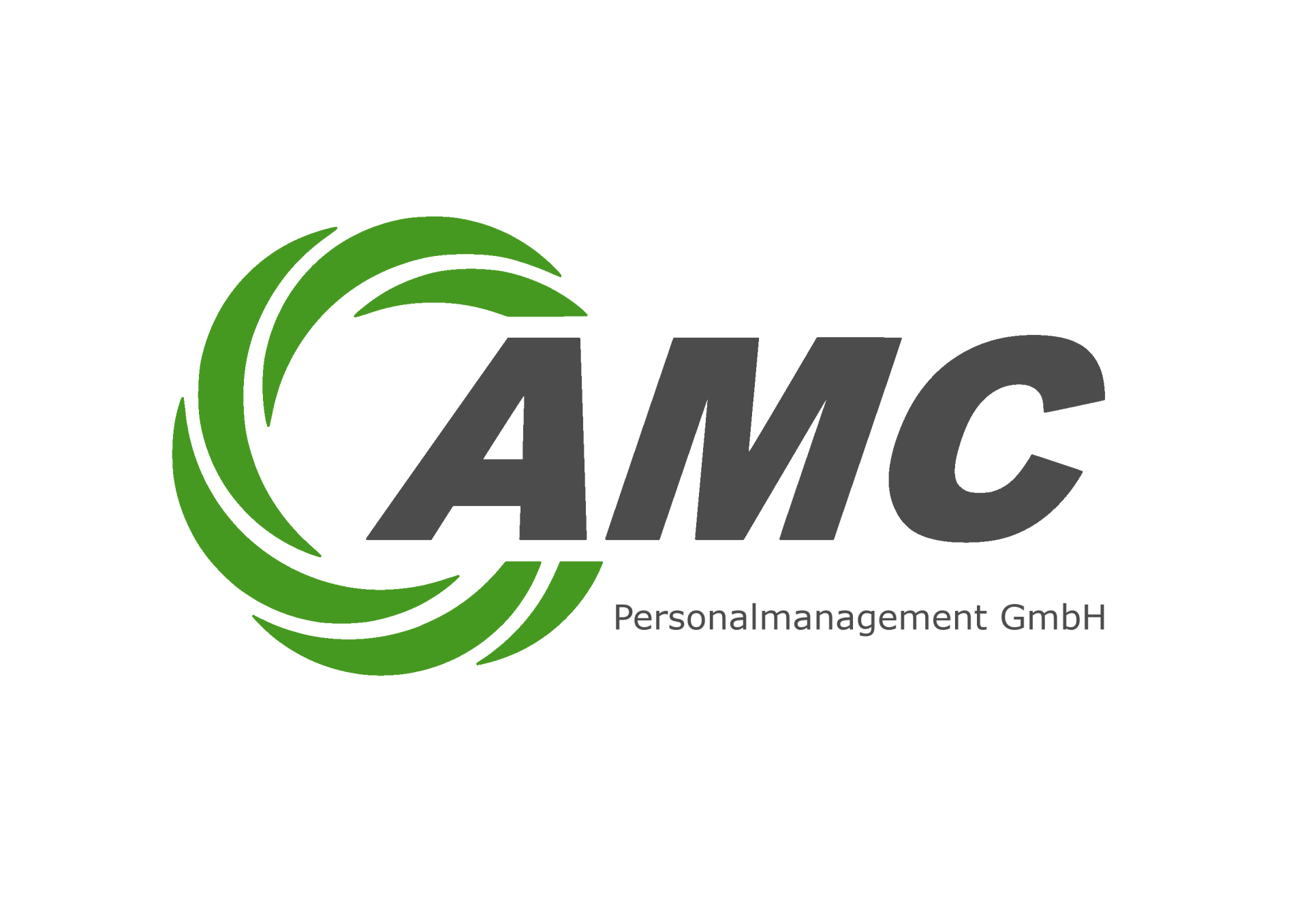Step 1: Calculation and evaluation
Problematic sealing connections are always recalculated. The cause of the leak can often be derived from the calculation result.
There are various calculation models available for flange connections. The results of the calculation according to EN 1591-1 (2009) are very meaningful, but require a certain amount of experience, since various input values such as coefficients of friction, additional forces, sealing parameters, temperature approach and assembly technology are subject to tolerances and - if set incorrectly - the result can be extremely falsified.












